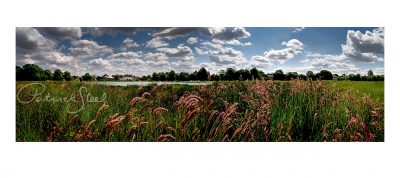Description
A landscape photograph of ‘Landseer Lion, Trafalgar Square, London’, captured by Photographer Patrick Steel in colour
The listed prices include: Dry mounting onto acid free board, window mounting, titled and signed in pencil and wrapped in a protective sleeve of polypropylene acetate film, ready for framing
Limited edition of only: 50
Sizes: Six to choose from, please select from the drop-down menu above
Print type: Fine Art Giclée / Kodak Pro Lustre 270gsm Endura Paper
Watermarks: Patrick Steel’s watermark will not be present on a purchased print
Copyright: © Patrick Steel
✓ Limited edition photograph
✓ Direct from the Artist
✓ Hand signed by Patrick Steel
✓ Free worldwide delivery
✓ Tracked & signed for delivery
✓ Paypal protection
✓ Secure SSL payment protection
✓ Excellent customer care and service
Trafalgar Square: is a public square in the City of Westminster, Central London, established in the early 19th century around the area formerly known as Charing Cross. The Square’s name commemorates the Battle of Trafalgar, the British naval victory in the Napoleonic Wars over France and Spain that took place on 21 October 1805 off the coast of Cape Trafalgar.
The site around Trafalgar Square had been a significant landmark since the 1200s. For centuries, distances measured from Charing Cross have served as location markers. The site of the present square formerly contained the elaborately designed, enclosed courtyard, King’s Mews. After George IV moved the mews to Buckingham Palace, the area was redeveloped by John Nash, but progress was slow after his death, and the square did not open until 1844. The 169-foot (52 m) Nelson’s Column at its centre is guarded by four lion statues. A number of commemorative statues and sculptures occupy the square, but the Fourth Plinth, left empty since 1840, has been host to contemporary art since 1999. Prominent buildings facing the square include the National Gallery, St Martin-in-the-Fields, Canada House, and South Africa House.
The square has been used for community gatherings and political demonstrations, including Bloody Sunday in 1887, the culmination of the first Aldermaston March, anti-war protests, and campaigns against climate change. A Christmas tree has been donated to the square by Norway since 1947 and is erected for twelve days before and after Christmas Day. The square is a centre of annual celebrations on New Year’s Eve. It was well known for its feral pigeons until their removal in the early 21st century.




